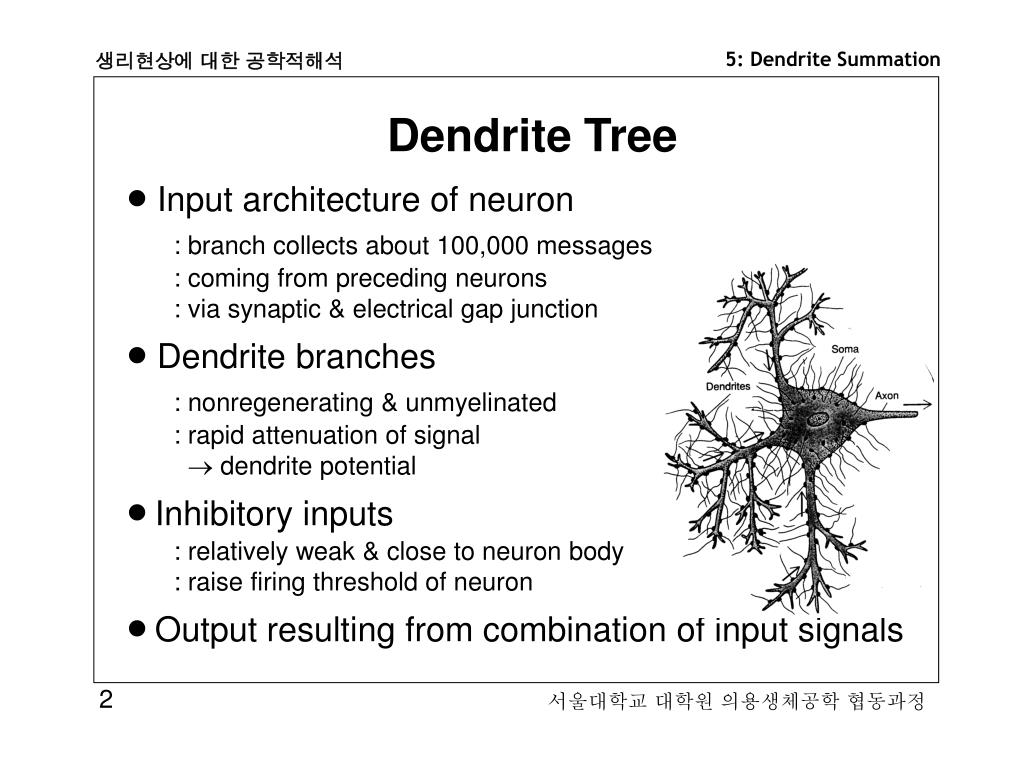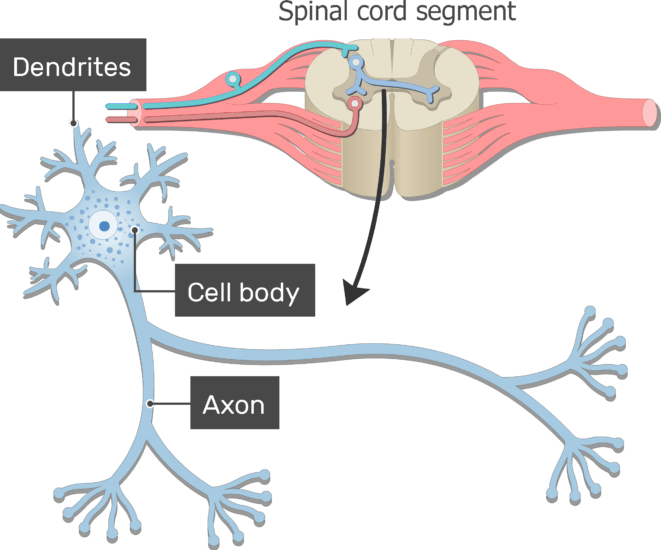


inferior ganglion of the glossopharyngeal nerve.superior ganglion of the glossopharyngeal nerve.Pseudounipolar neurons are found in the sensory ganglia of most cranial nerves. In most sensory ganglia of cranial nerves The peripheral branch travels through the distal dorsal root into the spinal nerve all the way until skin, joint, and muscle. The central branch goes to the dorsal columns of the spinal cord, where it forms synapses with other neurons. The axon leaves the cell body (and out of the dorsal root ganglion) into the dorsal root, where it splits into two branches. The cell body of a pseudounipolar neuron is located within a dorsal root ganglion. The peripheral branch extends from the cell body to organs in the periphery including skin, joints and muscles, and the central branch extends from the cell body to the spinal cord. Pseudounipolar neurons are sensory neurons that have no dendrites, the branched axon serving both functions. Structure Ī pseudounipolar neuron has one axon that projects from the cell body for relatively a very short distance, before splitting into two branches. They develop embryologically as bipolar in shape, and are thus termed pseudounipolar instead of unipolar. A single process arises from the cell body and then divides into an axon and a dendrite. This type of neuron contains an axon that has split into two branches. A pseudounipolar neuron is a type of neuron which has one extension from its cell body.


 0 kommentar(er)
0 kommentar(er)
